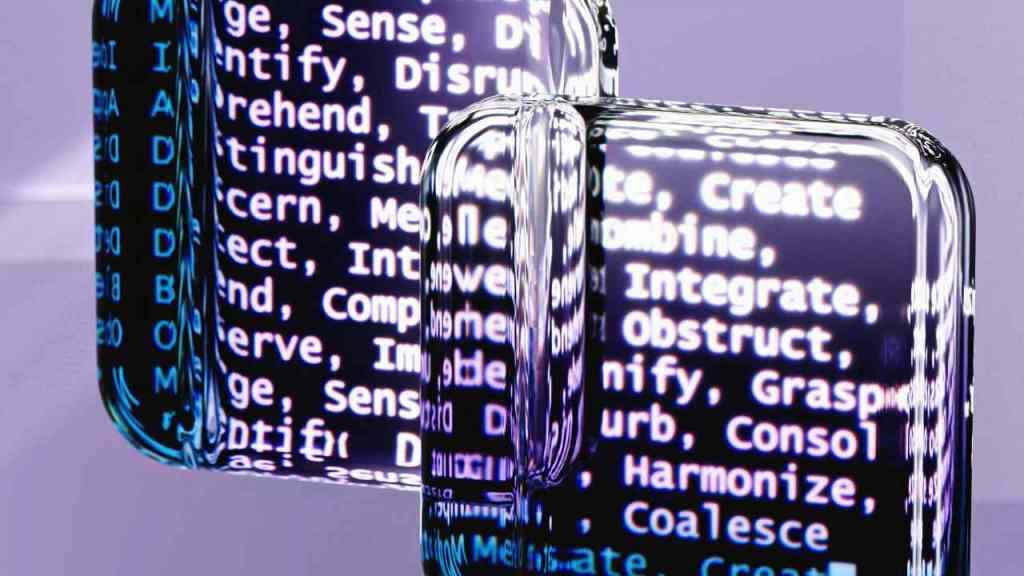Revolutionizing Stroke Treatment: King’s College London Explores AI-Guided Robots for Faster Intervention
London, Researchers at King’s College London are pioneering a groundbreaking approach to stroke treatment, harnessing the power of artificial intelligence (AI) to guide surgical robots in performing time-sensitive procedures. This innnovative research holds the potential to revolutionize stroke care, particularly in widening access to emergency interventions and significantly improving patient outcomes.
The Urgent Need for Rapid Stroke Intervention
Cardiovascular diseases, including stroke, are a leading cause of death in Europe, claiming over four million lives annually. Yikes, that’s a scary statistic! What can we do? Well, stroke treatment often involves a race against time, with rapid intervention being critical for minimizing brain damage and maximizing a patient’s chances of regaining independence. It’s like that old saying, “Time waits for no man.” Or in this case, “Time waits for no brain.”
Mechanical thrombectomy (MT), a minimally invasive procedure to remove blood clots, has emerged as an effective treatment, but its success hinges on–you guessed it–timely intervention.
AI-Guided Robots: A New Frontier in Stroke Care
King’s College London researchers are exploring the use of surgical robots autonomously guided by AI to enhance the speed and precision of MT procedures. Imagine a world where robots perform surgery with the precision of a Swiss watchmaker, but instead of gears and springs, they’re guided by the invisible hand of AI. That’s the future these researchers are working towards, and it’s pretty darn cool.
Initial research focuses on automating the critical first stage of MT: navigating catheters and wires from the groin to the neck vessels. It’s like threading a needle, but instead of a needle, it’s a catheter, and instead of thread, it’s your circulatory system.
Computer modeling demonstrates the feasibility of AI-powered autonomous navigation for this complex task.
Harnessing Inverse Reinforcement Learning (IRL) for Enhanced AI Training
The research team, led by PhD student Harry Robertshaw, is employing inverse reinforcement learning (IRL) to train AI models for autonomous navigation. Now, you might be thinking, “IRL? Is that like, in real life?” And you wouldn’t be totally wrong! IRL in this context stands for inverse reinforcement learning, a fancy way of saying the AI learns by watching and mimicking experts. It’s like learning to cook by watching Gordon Ramsay, except instead of yelling at vegetables, the AI is analyzing data.
IRL allows the AI to learn from real-life examples of successful navigation, leading to superior performance compared to traditional AI training methods. Think of it like this: traditional AI training is like learning to ride a bike with training wheels and a helmet full of bubble wrap. IRL is like hopping on a bike and figuring it out by trial and error, with the AI constantly learning from its mistakes (hopefully without any scraped knees).
Promising Future for AI-Assisted Stroke Treatment
The team envisions AI-powered robots playing a transformative role in stroke care by, and get this,
- Reducing procedure times, enabling faster intervention and improved outcomes. Time is brain, remember?
- Enhancing surgical precision, minimizing complications, and improving patient safety. Robots: they’re not just for car factories anymore.
- Expanding access to MT by making the procedure available in settings with limited specialist expertise. Think of it like telemedicine, but for robots.
Ongoing research will focus on refining the AI models to enable navigation in diverse and complex patient anatomies. Because let’s face it, we’re not all built like anatomical textbook diagrams.
Expert Commentary
“Our research demonstrates, for the first time, the potential of AI to autonomously navigate medical instruments within blood vessels. This breakthrough brings us closer to realizing the full benefits of robotic MT with autonomous assistance.”
– Harry Robertshaw, PhD student, King’s College London.
“This work represents a significant step towards improving the accessibility and precision of autonomous endovascular navigation. AI-assisted navigation technologies hold the potential to transform patient care by enhancing the safety and efficacy of MT procedures.”
– Dr. Thomas Booth, Reader in Neuroimaging, School of Biomedical Engineering & Imaging Sciences
